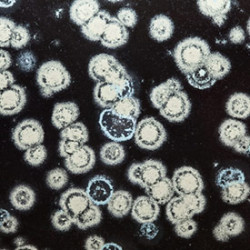Not All Mold is the Variety Called Black Mold
With all the attention given to the issue of black mold, it can be easy to assume that any growth found in your home belongs to this variety. In reality, a type called aspergillus is the one most commonly found in homes and offices, according to Centers for Disease Control and Prevention.
Here are some other tips to prevent mold and minimize the effects of an infestation.
- Do periodic inspections for visible signs of mold or moisture problems. Water stains, foundation cracks and peeling paint can be evidence of a current or potential mold issue.
- Don’t attempt mold treatment on your own. Items such as mattresses, linens and sofas should be discarded if they show visible mold growth. Solid wood furniture can be an exception as long as a thorough cleaning removes all signs of mold.
- Learn to recognize the physical effects of mold exposure such as red and itchy eyes, irritated skin and runny nose. More serious reactions can include fever and shortness of breath.
- Fight mold infestation before it starts by being proactive about controlling moisture. Repair leaks in faucets and pipes as soon as you discover them. Immediately clean and dry any wet or damp surfaces. Keep kitchens, bathrooms and other moisture-generating areas well-ventilated.
- If your home requires professional mold treatment, make sure a plan is in place to address moisture issues so the problem does not reoccur.
Unlike most traditional remediation, our MoldExterm process includes a patented biomedical polymer seal to sterilize surfaces and keep mold from returning. Contact us today to schedule a free mold inspection.

